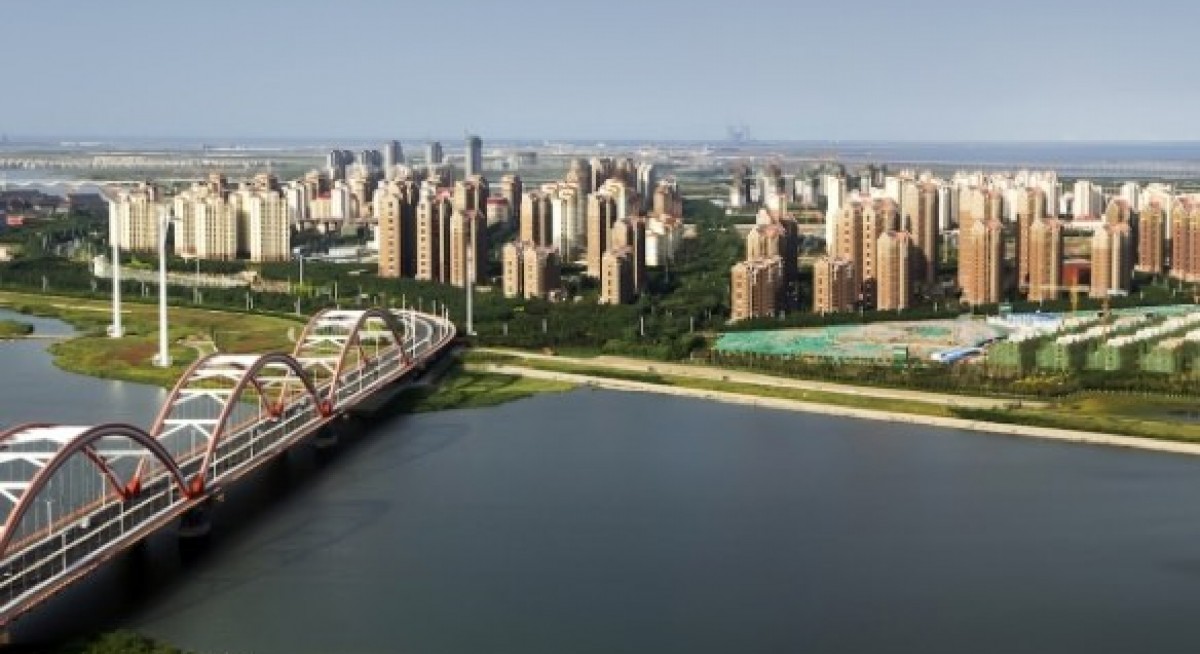These will largely come from its Tianjin Eco City project followed closely by its Wuxi projects.
Meantime, earnings from Singapore will mainly be driven by sales of its Corals at Keppel Bay project while Vietnam has a 5-13% earnings contribution at best.
Although China’s property cooling measures implemented earlier this year caused a 48% y-o-y fall in home sales in 3Q17, Foo says Keppel’s projects still retain pricing power, with prices remaining flat and sales continuing at a steady clip.
Furthermore, if Keppel decides to divest more projects in non-core cities in China – similar to the Keppel Cove Zhongshan transaction – Foo says UOB’s undiscounted property RNAV could rise by another 15 cents or 2.2%.
See also: CGSI sticks with ‘add’ but cuts TP, JPMorgan downgrades to ‘neutral’ for SCI after Alinta deal
In fact, UOB’s review of Keppel’s overall property RNAV sees it rise from $4.85 to $5.66/share on the incorporation of development surpluses from Keppel’s investment properties under development, an increase in development surpluses from its properties and a revaluing of its Keppel REIT stake to UOB’s $1.43 target.
“We have shifted our valuation to 2019. Incorporating the higher RNAV, adjustments to our O&M valuation and Keppel KBS REIT will see our SOTP-based target price rise to $8.98,” says Foo.
As at 10.55am, shares in Keppel are up 11 cents at $7.60 or 15.2 times FY18 earnings.




